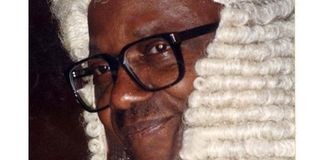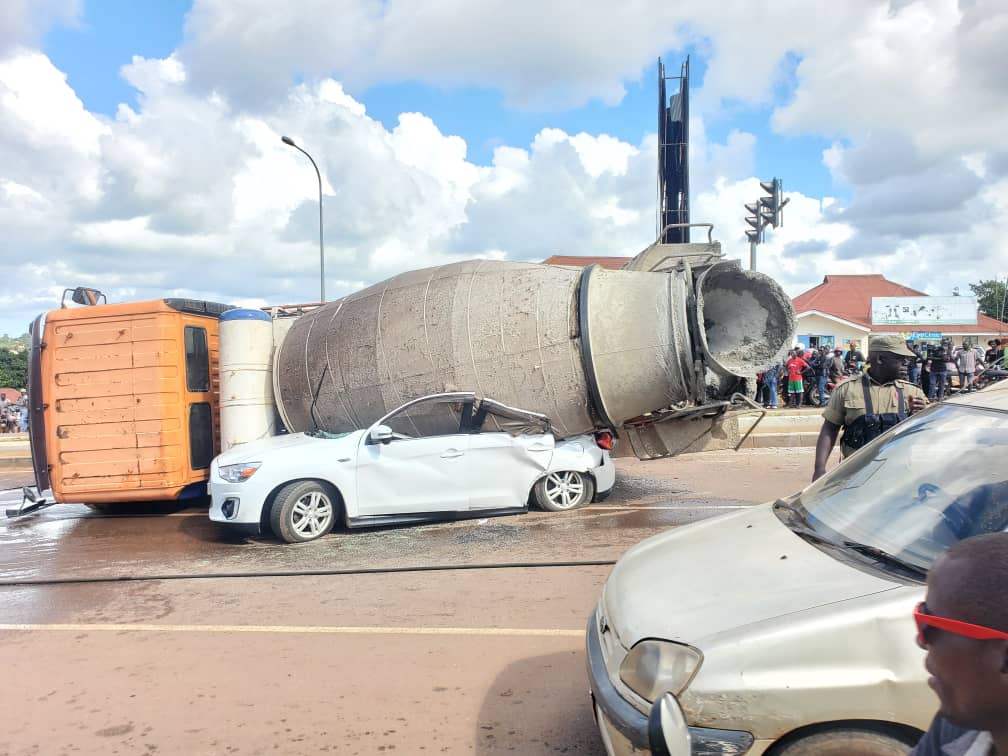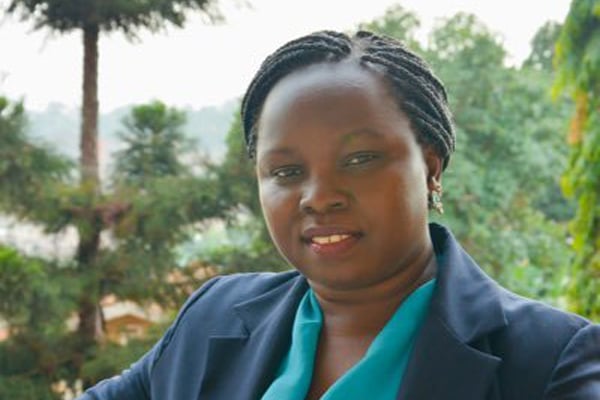Footnotes to odyssey of retired CJ Wambuzi’s career – Part II

Retired Chief Justice Samuel Wambuzi
What you need to know:
In Chapter 7, Justice Wambuzi discusses the problems and insecurity of judges under the 1967 Constitution. It is precisely because of those problems and insecurity that the Constituent Assembly deliberately designed the 1995 Constitution with the criteria and principles unknown before in Uganda and which were preferred to those recommended by the Odoki Commission.
Following the removal of former president Yusuf Lule, I declined a Cabinet post in Godfrey Binaisa’s short-lived administration and went into exile again, only to surface in 1986 as minister of Commerce in Museveni’s NRM/NRA government.
In the meantime, my friend, the late Justice Joseph Mulenga, was minister of Justice and Attorney General for three years before I succeeded him in that post.
However, as friends, we always met and discussed important policies affecting our respective portfolios. Consequently, some of the events and what retired Chief Justice Samuel Wambuzi calls problems within are very well known to me.
Many of them happened during Mulenga’s tenure and others during mine after I had replaced him as minister of Justice and Attorney General.
In Chapter 7, Justice Wambuzi discusses the problems and insecurity of judges under the 1967 Constitution. It is precisely because of those problems and insecurity that the Constituent Assembly deliberately designed the 1995 Constitution with the criteria and principles unknown before in Uganda and which were preferred to those recommended by the Odoki Commission.
The Constituent Assembly committees included the Business Committee, the Legal and Drafting Committee, the Political Committee, the Committee on the Organs of Government and their relationships with one another, and the Foreign Relations Committee.
The Assembly regarded the committee handling the institutions of government as one of the most important. I vigorously campaigned for that committee to be chaired by Joseph Mulenga, not because he was my friend, but because he was eminently qualified to guide the Constituent Assembly in that important role of making the Constitution.
My choice was strongly opposed by some of the die-hard fanatical supporters of the NRM because of Mulenga’s close connections with the Democratic Party. Eventually, I and a few others of like mind managed to convince the rest of the delegates and Mulenga was elected the chairperson of the committee.
Incidentally, I also lobbied for the election of Ben Wacha to be the deputy chairperson of the Legal and Drafting Committee. He subsequently did an excellent job as my deputy. He had been vigorously opposed by some of the NRM delegates because they regarded him as a non-repentant UPC adherent.
Justice Mulenga chaired the committee brilliantly and correctly guided the Constituent Assembly about the principles and contents of the chapter on Parliament, the Executive, the Judiciary and their relationships with one another.
I know that Chief Justice Wambuzi and Joseph Mulenga were good friends. I, therefore, find it difficult to believe that he did not discuss with him any of the recommendations Mulenga’s committee made to Uganda to which the learned retired Chief Justice is not very happy with.
Both Mulenga and I knew the conflicts between Chief Justice Wambuzi and then Principal Judge, Herbert Ntabgoba. All I can say is that if Mulenga had written his own and President Museveni and Judge Nabgoba were to write their own versions about the same problems and conflicts, they would be different from those contained in Chief Justice Wambuzi’s book.
I wish to provide a footnote on the internal workings of the Judiciary. I was a justice of the Supreme Court both under Samuel Wambuzi and Benjamin Odoki. The weaknesses and failure we have witnessed and experienced since the NRM came to power are partly because of neglect, failures and interference by other organs and institutions of government but partly also because of the internal conflicts in the Judiciary that could have been easily avoided.
My knowledge is not only based on the fact that I was a judge then, but I was also at one time chairperson of two committees of the Judiciary namely; the Committee on Ethics and Integrity and the Committee on Judges’ Terms and Conditions of Service and through reports compiled by others on the same conflicts.
Justice Wambuzi is correct to point out the failures to adhere to the constitutional provisions relating to the appointment of Chief Justice and other judges. The Constitution does not provide that when there is a vacancy on the bench the Judicial Service Commission should nominate three or more candidates for the post. The Judiciary and Judicial Service Commissions should explain why the Constitution has been violated.
Even in the simple case of the President issuing letters of appointment to judges, a very elementary provision has been subverted.
Prof Kanyeihamba is a retired Supreme Court judge. [email protected]




